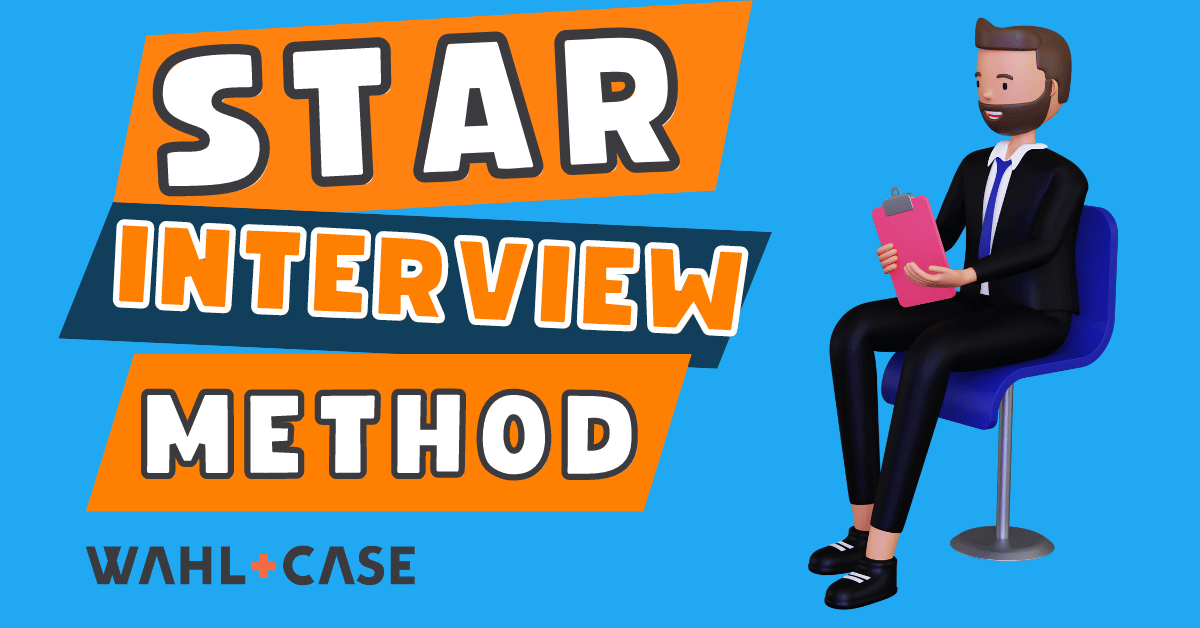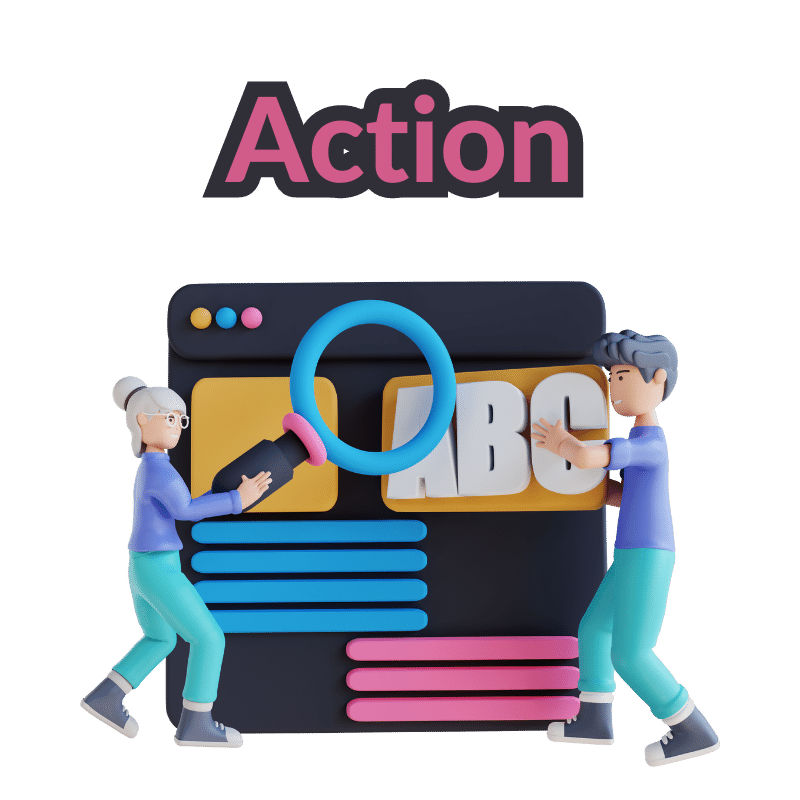Master your next job interview: The STAR Method
In today's fast-paced digital era, showcasing your unique skills and experiences during a job interview is vital. One method that stands out and can propel you ahead of the pack is the STAR interview method. This technique enables you to confidently navigate behavioural interview questions, leaving a lasting impression on your prospective employer.
Understanding the STAR Interview Method
The STAR interview method is a systematic approach to answer behavioural interview questions. It allows you to narrate a meaningful and engaging story that displays your skills, expertise, and problem-solving abilities. STAR stands for Situation, Task, Action, and Result:
Situation: Describe the context within which you performed a job or faced a challenge at work.
Task: Explain your responsibility in that situation.
Action: Discuss the steps you took to address it.
Result: Share the outcomes of your actions.
Let's delve deeper into each step using real-world tech scenarios.
Situation
Begin by setting the scene for the listener. Give them enough details to understand the environment and the complexity you were working with. Don't merely describe the situation, but instead, create a backdrop where your actions will play out. Remember to keep it concise and relevant to the question.
Example 1: Software Developer
"At my previous job as a Software Developer at XYZ Tech, our team was entrusted with developing a new e-commerce application. This wasn't just another project; it was a critical application for a client whose business was booming in the midst of the e-commerce surge. Plus, we were facing a stringent deadline, having only three months to take the application from conception to launch."
Example 2: Product Marketing Manager
"During the same timeframe when the new ecommerce application was being developed at XYZ Tech, I was working as a Product Marketing Manager. The marketing team was given the challenging task of creating a go-to-market strategy for this application, aiming to attract significant user traffic from the moment of launch."
Task
Here, you outline your specific responsibilities in the situation. It's essential to distinguish your individual tasks from the team's duties, making it clear what part you played. Highlight the challenge, but also indicate why you were the right person to handle it.
Example 1: Software Developer
"As the lead developer on this project, my role went beyond coding. I was responsible for architecting the application, dividing the workload among my team, and ensuring we adhered to the deadline. This role was challenging due to the timeline and the intricacy of the application. However, having led similar projects in the past, I had the experience to create a plan that would enable us to meet the deadline without compromising on the quality of our work."
Example 2: Product Marketing Manager
“As the person leading the marketing campaign, my task was to conduct comprehensive market research, identify our target users, and create an engaging promotional strategy to draw in potential users. The challenge was to stand out in a crowded market and ensure the application got the visibility it deserved."
Action
This part of your response details the steps you took to tackle the task. It's a chance to be analytical, providing insight into your problem-solving process. Describe the actions you took and justify your choices, making sure the interviewer understands the reasoning behind your decisions.
Example 1: Software Developer
"To address this task, I first created an efficient application architecture utilizing microservices. This would not only meet our immediate needs but would also ensure scalability and maintainability of the application in the long run. Next, I divided the entire project into smaller, manageable tasks and assigned them based on each team member's expertise. This approach capitalized on our strengths and facilitated efficient work. To keep everyone on the same page and promptly address any issues, we held weekly meetings to discuss progress and potential roadblocks. We also utilized Agile methodologies, ensuring transparency and encouraging continuous improvement."
Example 2: Product Marketing Manager
"I started by conducting in-depth market research to understand the trends, user preferences, and the competition. Using these insights, I identified our target users and created user personas to guide our marketing strategy. With a clear understanding of our audience, I then developed a multichannel marketing campaign, which included social media promotion, influencer partnerships, and targeted email marketing. We also worked closely with the development team to ensure our messaging accurately reflected the app's features."
Result
Finally, the result should concisely state the outcomes of your actions, tying your story up with a neat bow. If possible, quantify these results to give them more weight. Not only does this demonstrate your success, but it also shows that you understand the importance of measuring results.
Example 1: Software Developer
"Our systematic approach and efficient division of tasks allowed us to complete the application right on schedule. But more importantly, we built a product that was robust and scalable, exactly what the client needed for their growing business. The application was well-received, with users complimenting its seamless user experience. In fact, the client saw a 30% increase in online sales after the application was launched, proving the direct impact of our work."
Example 2: Product Marketing Manager
"Thanks to our targeted marketing campaign, the application had a highly successful launch. We attracted over 50,000 users in the first week itself. The user base has been growing consistently since then, and our client was thrilled with the market response. Furthermore, our user persona-driven strategy was appreciated across the company and has been adopted for subsequent projects."
Conclusion
By utilizing the STAR interview method, you can create a compelling narrative for any behavioral question you encounter. It allows you to showcase your problem-solving skills and your ability to work within a team, all while communicating the real-world impact of your technical skills. Remember to be specific, focus on your individual actions and contributions, and always tie it back to the successful outcome.


























